Does a diesel use both batteries to start?
For many diesel generator owners and operators, the question of whether both batteries are used during startup is crucial for understanding their equipment's power dynamics and ensuring reliable operation. The short answer is yes, in most multi-battery diesel systems, Diesel starter battery units work together simultaneously to provide the necessary starting power. Unlike some automotive applications where multiple batteries might serve different functions, diesel generators typically employ a parallel or series configuration where all Diesel starter battery units contribute collectively to the engine cranking process. Understanding how these batteries interact provides valuable insights for maintenance, troubleshooting, and ensuring your generator starts reliably when needed most.

Electrical Configuration Fundamentals
Diesel generator starting systems are specifically engineered to deliver high cranking power, which dictates their battery configuration approach.
Voltage Requirements: Most diesel generators require 24V starting systems, typically achieved by connecting two 12V batteries in series. This configuration doubles the voltage while maintaining the same amp-hour capacity.
Parallel Configurations: Some larger systems may connect batteries in parallel to increase current capacity while maintaining the same voltage, providing additional cranking amperage for high-compression engines.
Simultaneous Engagement: When the starter is engaged, the electrical circuit activates all connected batteries simultaneously, combining their power output to turn the engine against compression.
Balanced Power Draw: A properly functioning system draws power evenly from all batteries in the circuit, preventing individual battery strain and ensuring consistent performance.
Starting Sequence Process
The diesel engine starting process follows a specific sequence that maximizes the combined power of all batteries in the system.
Initial Engagement: When the start command is initiated, the starter solenoid engages, drawing current from all connected batteries simultaneously.
Peak Current Demand: During the first few seconds of cranking, the starter motor demands maximum current—often 200-600 amps or higher—which is shared across all batteries in the system.
Sustained Cranking: As the engine begins turning, current draw continues from all batteries until combustion occurs and the engine reaches self-sustaining speed.
Automatic Disengagement: Once the engine reaches predetermined operating speed, the starting circuit disengages, terminating the draw on the Diesel starter battery bank.
System Voltage Considerations
Understanding voltage requirements is essential for proper battery configuration in diesel starting applications.
12V Systems: Smaller diesel engines may utilize single 12V battery configurations, but these are less common in industrial generator applications.
24V Standard: The majority of industrial diesel generators employ 24V starting systems, typically using two 12V batteries connected in series. This higher voltage reduces current requirements for the same power output.
Heavy-Duty Applications: Some very large diesel generators may utilize even higher voltage systems, though 24V remains the industry standard for most applications.
Configuration Importance: Proper series/parallel connection is critical—incorrect configuration can damage starting components or provide insufficient cranking power.
Battery Specifications and Requirements
Selecting the right batteries for diesel starting applications involves several key considerations beyond basic voltage.
Cold Cranking Amps (CCA): Diesel starting batteries must deliver high CCA ratings, typically between 400-1000+ amps, to overcome engine compression and cold weather conditions.
Reserve Capacity: Adequate reserve capacity ensures the batteries can sustain cranking effort long enough for reliable starting, particularly in cold conditions.
Battery Type: Lead-acid batteries remain common, with AGM (Absorbent Glass Mat) and gel cell varieties gaining popularity for maintenance-free operation and better performance characteristics.
Capacity Matching: When configuring multiple batteries, they should be identical in age, brand, and specification to prevent imbalance and premature failure.
Maintenance Best Practices
Proper maintenance of multi-battery starting systems ensures reliability and extends service life.
Synchronized Replacement: Always replace all batteries in a multi-battery system simultaneously, even if only one shows weakness, to maintain balanced performance.
Connection Integrity: Regularly inspect and clean battery terminals and interconnects to minimize voltage drop and ensure efficient power transfer.
State of Charge: Maintain all batteries at full charge, using balanced charging systems that ensure each Diesel starter battery receives proper charging voltage.
Regular Testing: Perform routine load testing on individual batteries to identify weak units before they cause starting failures.
Troubleshooting Common Issues
Diagnosing problems in multi-battery starting systems requires specific approaches.
Voltage Imbalance: Check voltage across individual batteries under load to identify weak units that may be dragging down the entire system.
Connection Problems: High resistance in interconnecting cables or terminals can prevent one or more batteries from contributing fully to the starting effort.
Parasitic Drain: Identify and address sources of constant battery drain that can deplete one or more batteries unevenly.
Charging System Issues: Faulty alternators or battery chargers may fail to properly charge all batteries in the system, leading to premature failure.
Advantages of Multi-Battery Systems
The use of multiple batteries in diesel starting applications provides several important benefits.
Enhanced Reliability: Multiple batteries provide redundancy—if one battery weakens, the others can often still provide sufficient starting power.
Current Sharing: Distributing the high current demand across multiple batteries reduces stress on individual units, extending overall service life.
Space Efficiency: Using multiple smaller batteries often provides more flexible installation options compared to a single large battery with equivalent power.
Serviceability: Individual failed batteries can be replaced without discarding the entire bank, though matched replacement remains important.
Conclusion
Diesel generators absolutely use both—or all—batteries in their starting system simultaneously to generate the necessary cranking power. The Diesel starter battery configuration in most diesel generators creates a unified power source that works collectively to overcome engine compression and initiate combustion. Understanding this fundamental principle helps operators maintain their systems properly, troubleshoot effectively, and ensure reliable starting when power is needed most. Proper maintenance of these multi-battery systems, including balanced charging and synchronized replacement, is essential for maximizing both performance and service life.
Our technical team specializes in helping clients design, maintain, and troubleshoot battery systems for diesel generators of all sizes. For professional assistance with your Diesel starter battery requirements, contact our experts at skala@whjlmech.com.
References
Johnson, M. (2022). Emergency Power Systems: A Comprehensive Guide to High-Speed Diesel Generators. Power Engineering Quarterly, 45(3), 78-92.
Generator Manufacturers Association. (2021). Guidelines for Rating and Application of Generator Sets. GMA Technical Publication TP-101.
International Organization for Standardization. (2018). Reciprocating internal combustion engine driven generating sets — Part 1: Application, ratings and performance (ISO 8528-1:2018).
National Fire Protection Association. (2020). Standard for Emergency and Standby Power Systems (NFPA 110).
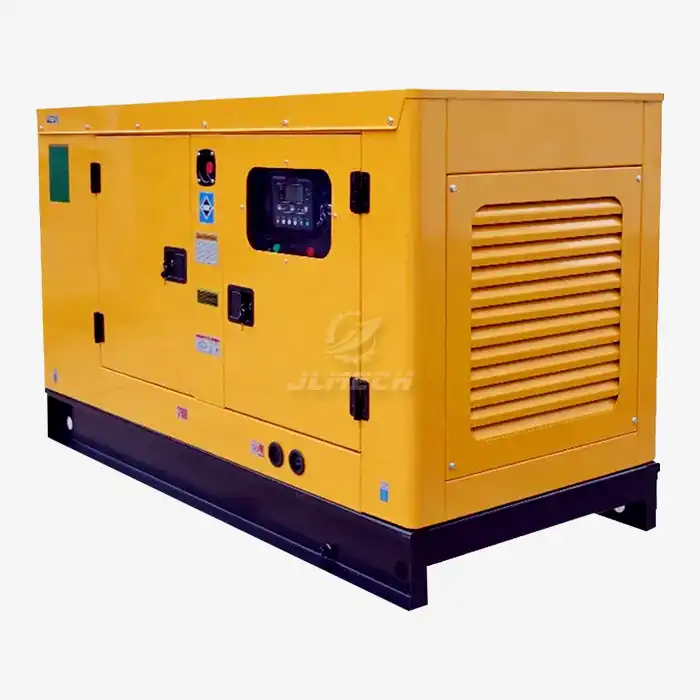 VIEW MOREFarm application diesel generator
VIEW MOREFarm application diesel generator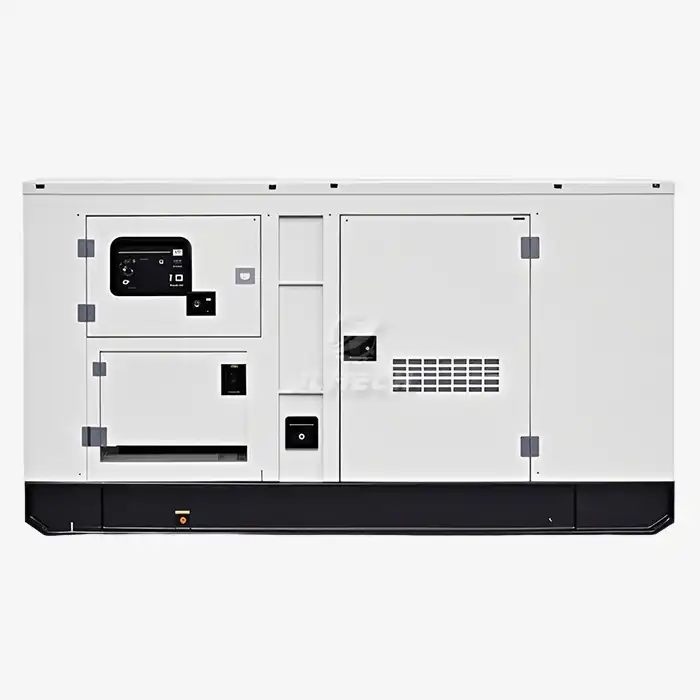 VIEW MORESilent generator 30kVA
VIEW MORESilent generator 30kVA VIEW MORECustomized 80KW diesel generator
VIEW MORECustomized 80KW diesel generator VIEW MOREcummin diesel generator
VIEW MOREcummin diesel generator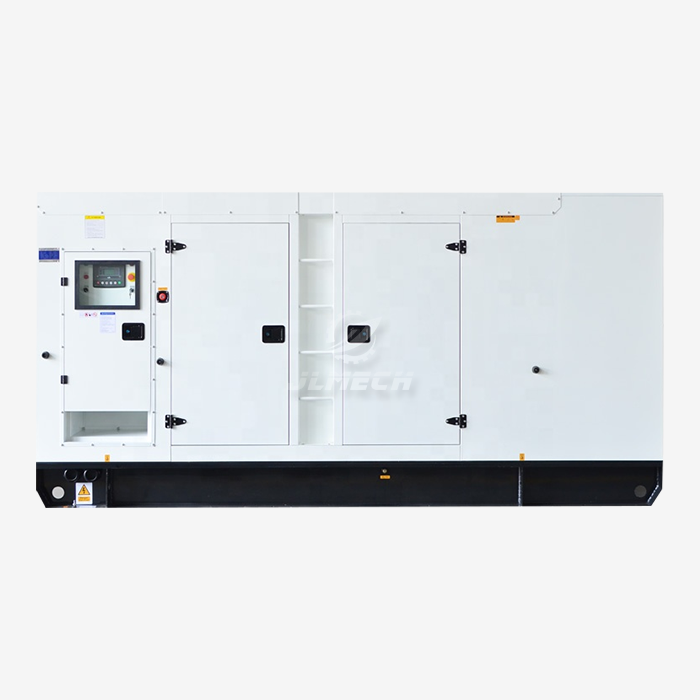 VIEW MOREgenerator 250kva diesel perkins
VIEW MOREgenerator 250kva diesel perkins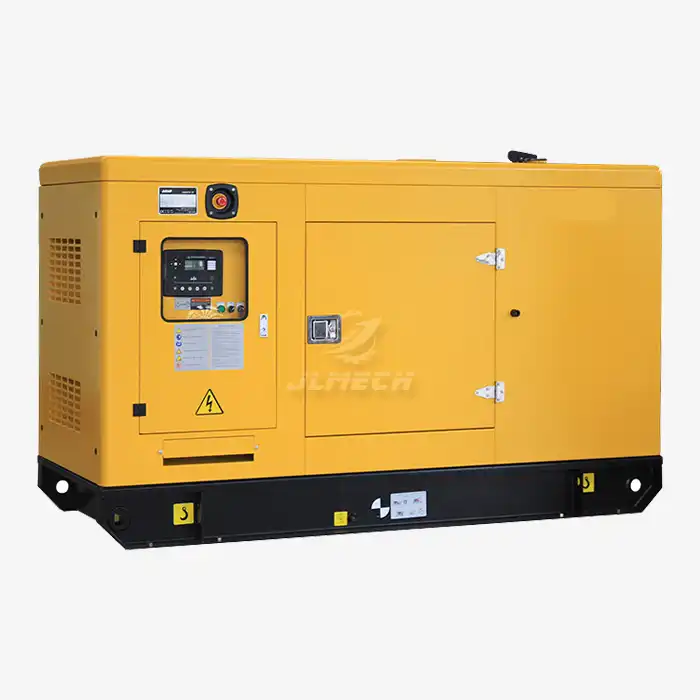 VIEW MORE48 volt dc diesel generator water cooled
VIEW MORE48 volt dc diesel generator water cooled VIEW MOREcummins diesel generator machine
VIEW MOREcummins diesel generator machine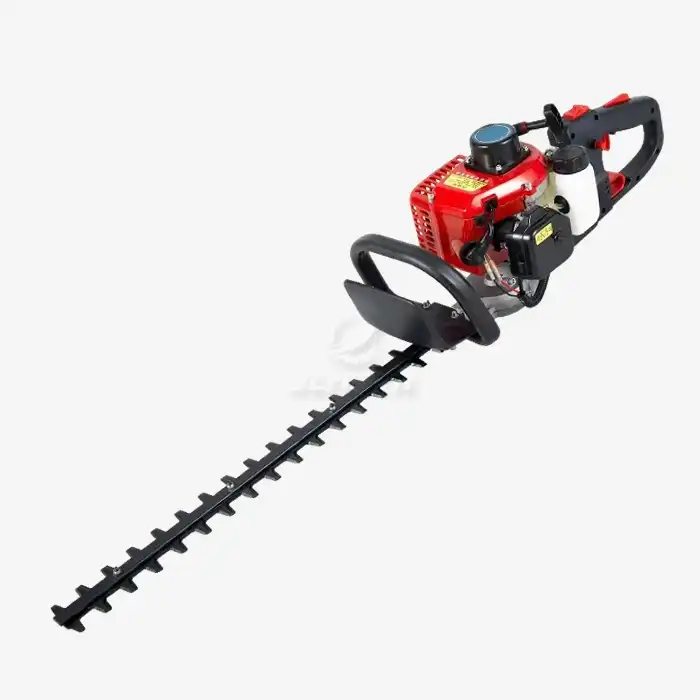 VIEW MOREpetrol powered hedge trimmer
VIEW MOREpetrol powered hedge trimmer



